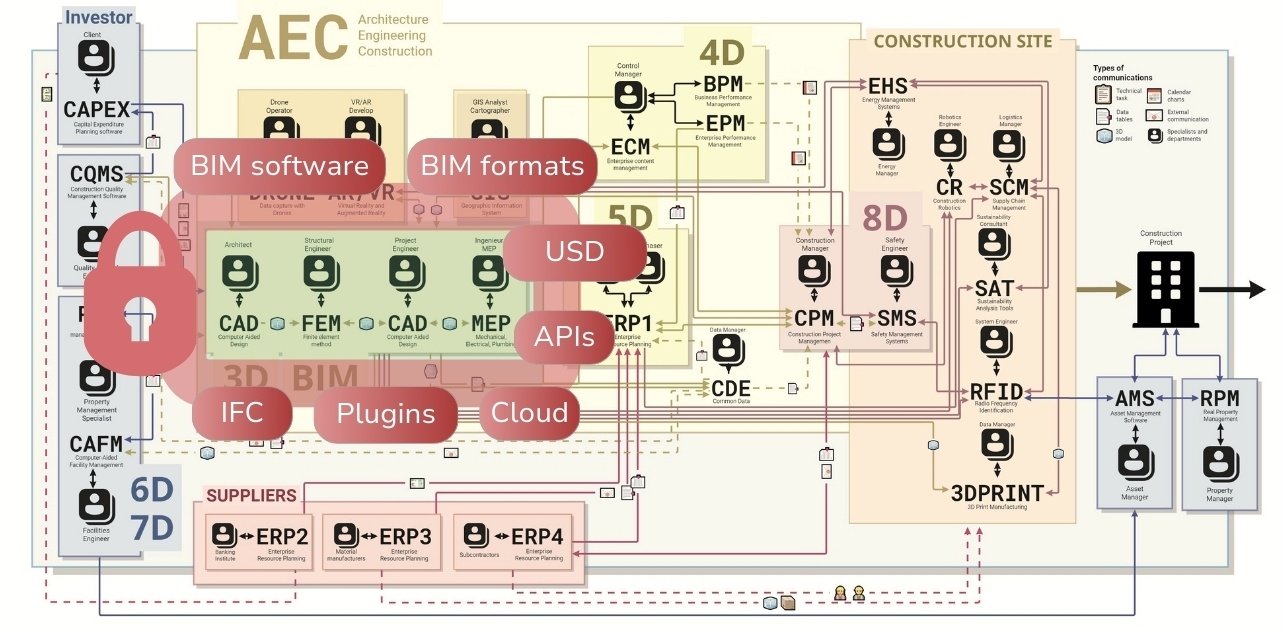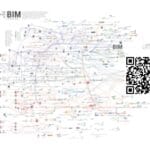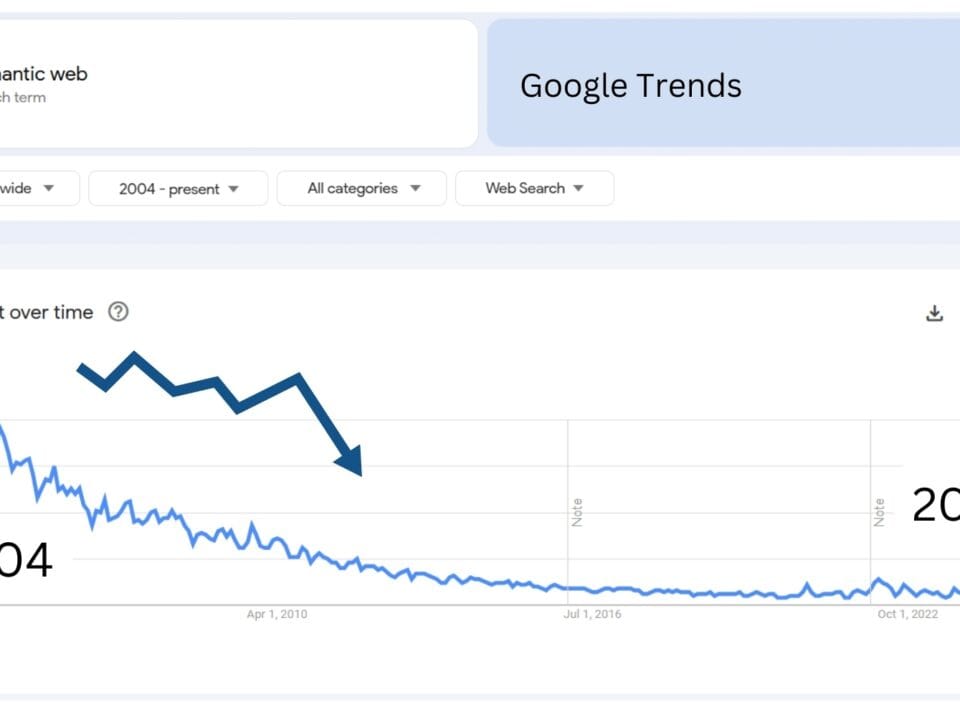Instead of focusing on data, structuring it and integrating it into unified processes, users of CAD – (BIM-) systems are forced to work with a fragmented set of proprietary solutions, each dictating its own rules of the game:
- The unified database, discussed in the first BIM Whitepaper, has remained a myth. Despite loud claims, access to data is still limited and distributed among closed systems.
- BIM -models have become a closed ecosystem rather than a tool. Instead of transparent information exchange, users are forced to pay for subscriptions and use proprietary APIs.
- Data belongs to vendors, not users. Project information is locked in proprietary formats or cloud services rather than available in open and independent formats.
Design engineers and project managers often do not have access to the database of CAD -systems, nor to the format in which their own project data is stored. This makes it impossible to quickly verify information or formulate requirements for data structure and quality (Fig. 6.1-3). Access to such data requires a whole set of specialized programs linked through APIs and plug-ins, which leads to excessive bureaucratization of processes in the construction industry. Meanwhile, these data are simultaneously used by dozens of information systems and hundreds of specialists.
We need to be able to manage all this data [CAD (BIM)] store it digitally and sell lifecycle and process management software, because for every engineer [designer] who creates something [in a CAD program], there are ten people who work with that data” (Naval Center for Cost Analysis Air Force Cost Analysis Agency, “Software Development Cost Estimating Handbook,” 1 September 2008).
– CEO of CAD – the vendor that created the BIM concept, 2005.

When it becomes obvious that BIM is more a means of commercializing databases rather than a full-fledged database management tool, a logical question arises: how to regain control over the data? The answer is to use open data structures where the user, not the software vendor, becomes the owner of the information.
Users and solution developers in the construction industry, like their counterparts in other industries, will inevitably move away from the vague software vendor terminology that has dominated the last 30 years, focusing on the key aspects of digitalization – “data” and “processes.”
Back in the late 1980s, the key area of digital development in construction was envisioned as a matter of data access and project information management. Over time, however, the focus has shifted. Instead of developing transparent and accessible approaches to working with data, the IFC format and the open BIM concept were actively promoted as attempts to divert the attention of specialists from the topics of project database management.






















